On Friday, August 6th, 2021, I had the honor being able to address a packed room of Wine Media and Wine Industry Professionals at the 2021 Wine Media Conference in Eugene Oregon. Independent Wine Media in the Post-Covid World: How Wineries, Regions, and Content Creators Can Effectively Collaborate.
2020 was the year the wine business changed. Restaurants and Tasting Rooms were closed. Digital direct sales became dominant. Racial and sexual discrimination in the industry was exposed. In this New Normal, Content Creators have never had a better opportunity to grab a seat at the table. Learn practical tips and methods to help you make that leap! The industry has never needed us more!"
This is your moment. The wine industry has never ever needed the kind of skills that bloggers, podcasters, video creators, social media experts and influencers have than this moment right now. Specifically the small to medium size independent family winery desperately, desperately needs you.
Please enjoy the video presentation or read the transcript just below the video.
Special thank you to Jason Stubblefield of Cork Envy for doing the video recording.
Transcript
Austin Beeman
Slides for the Presentation
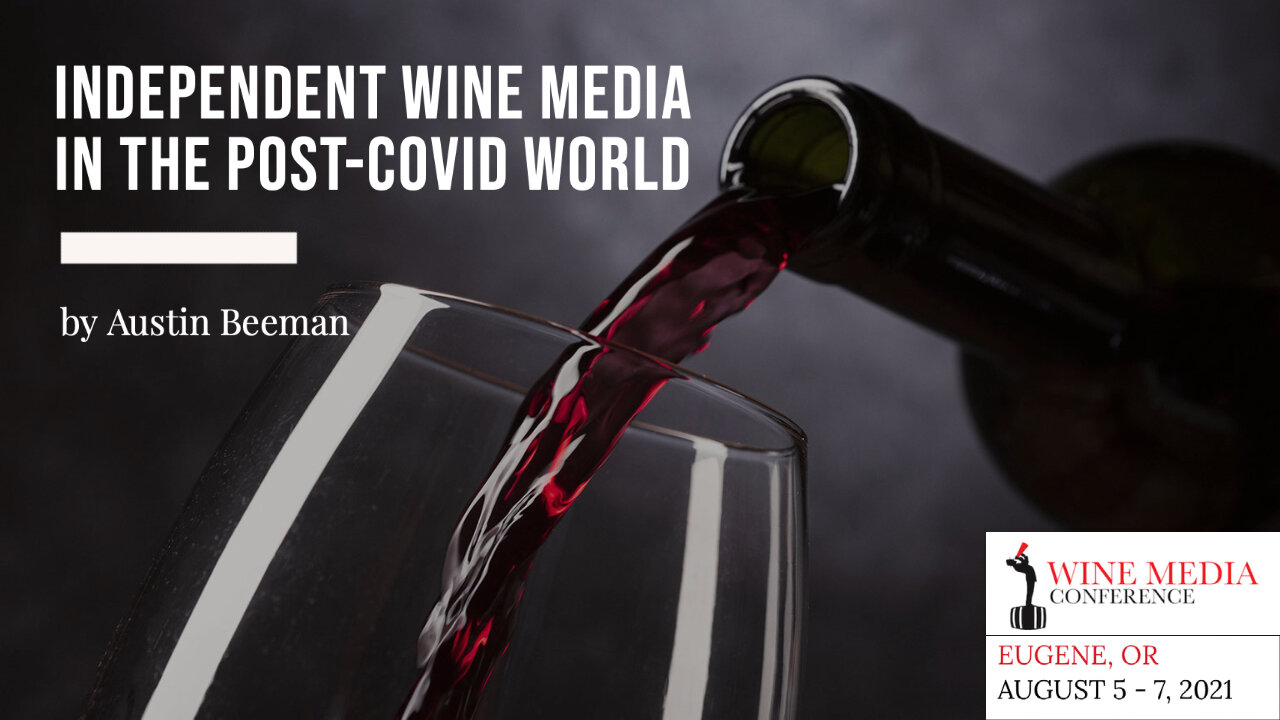


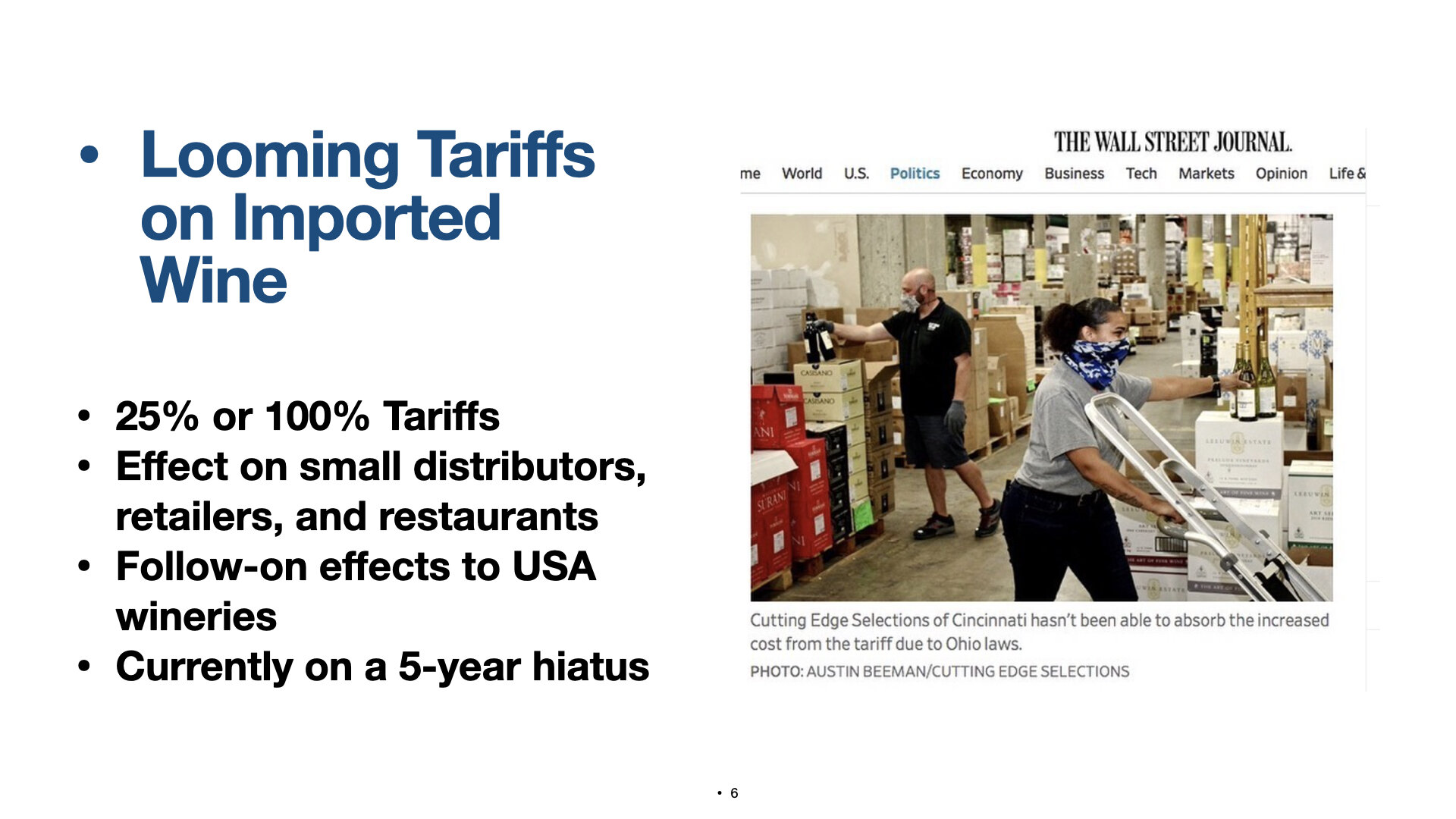
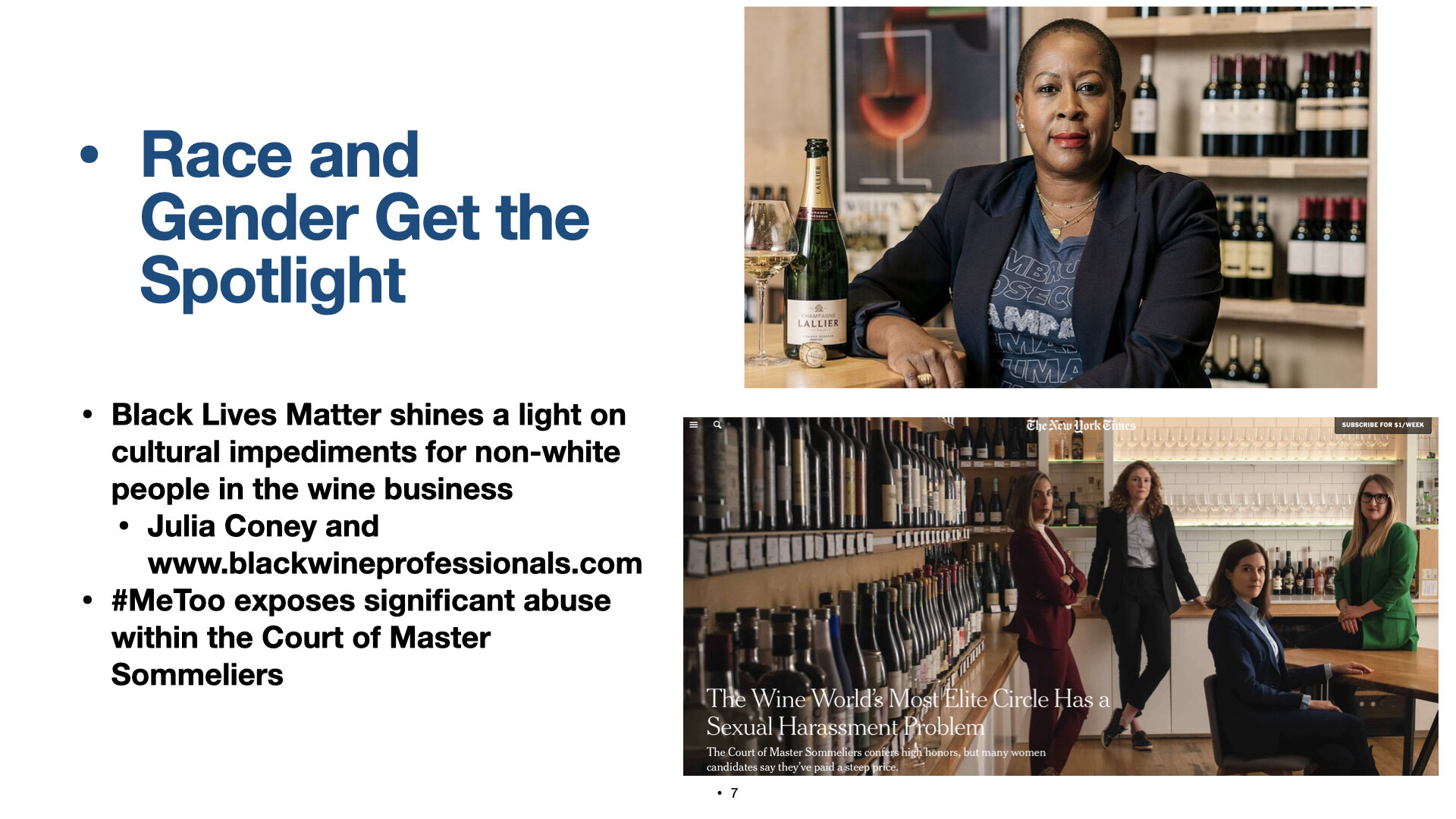
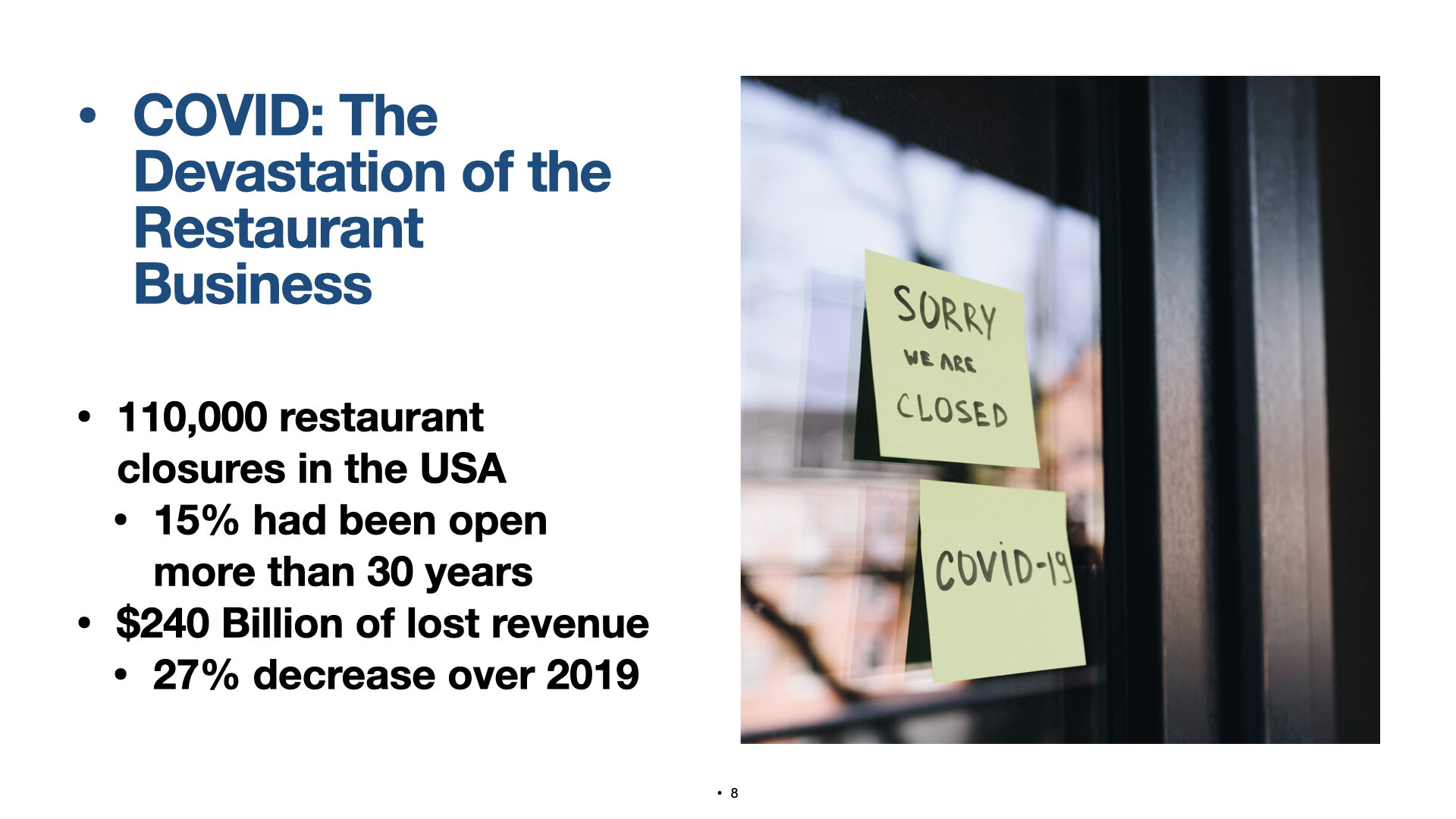

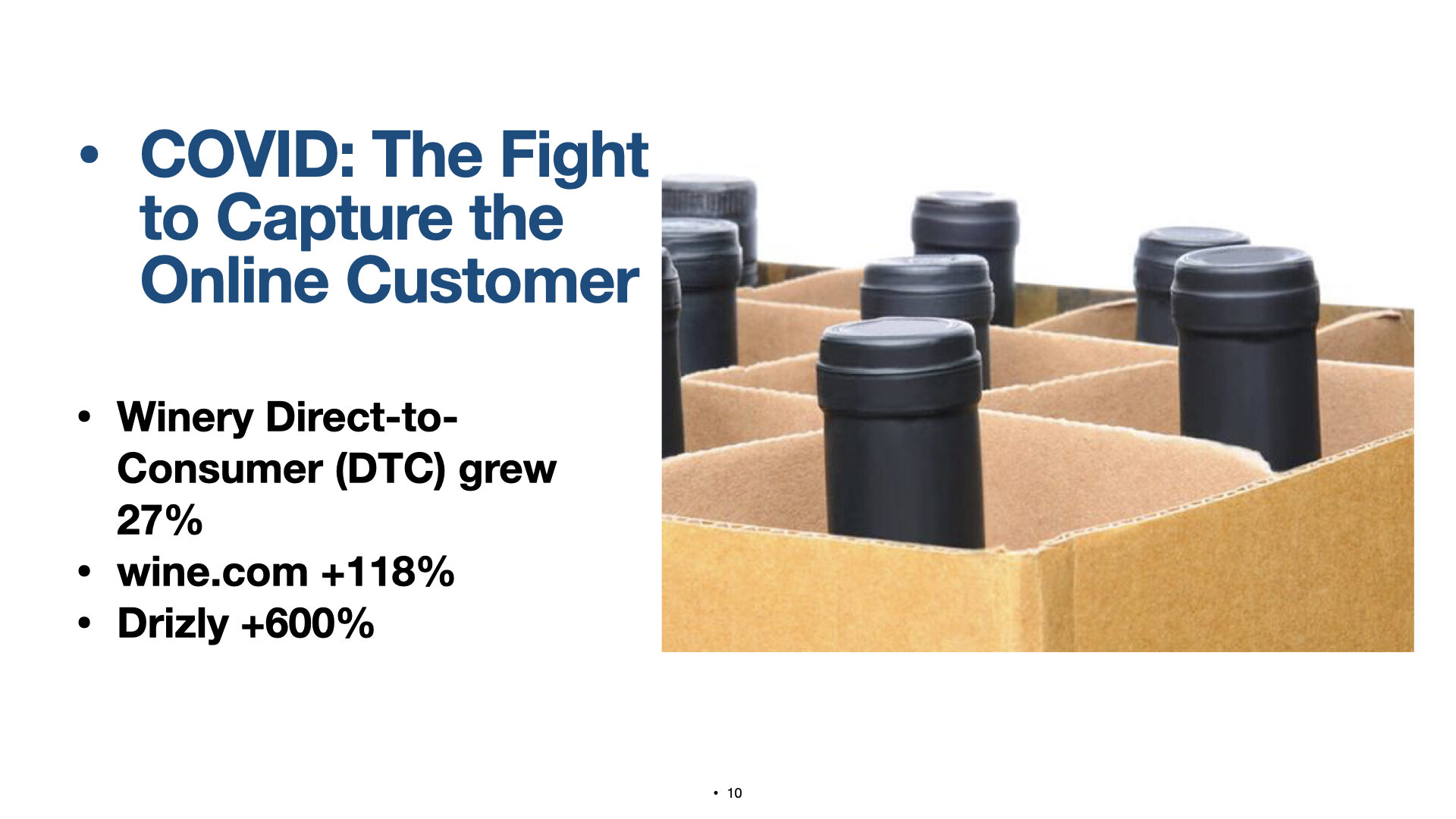
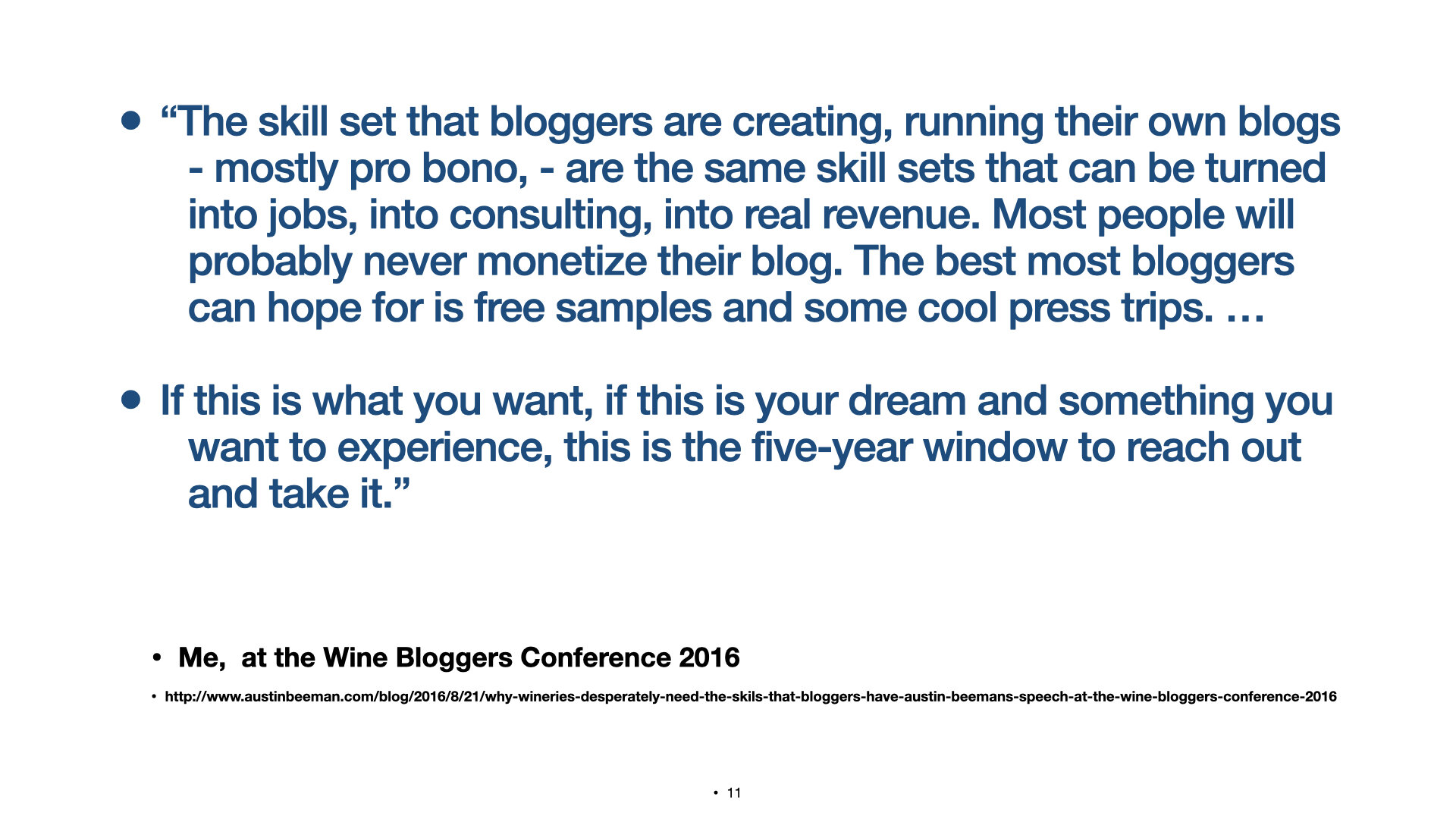
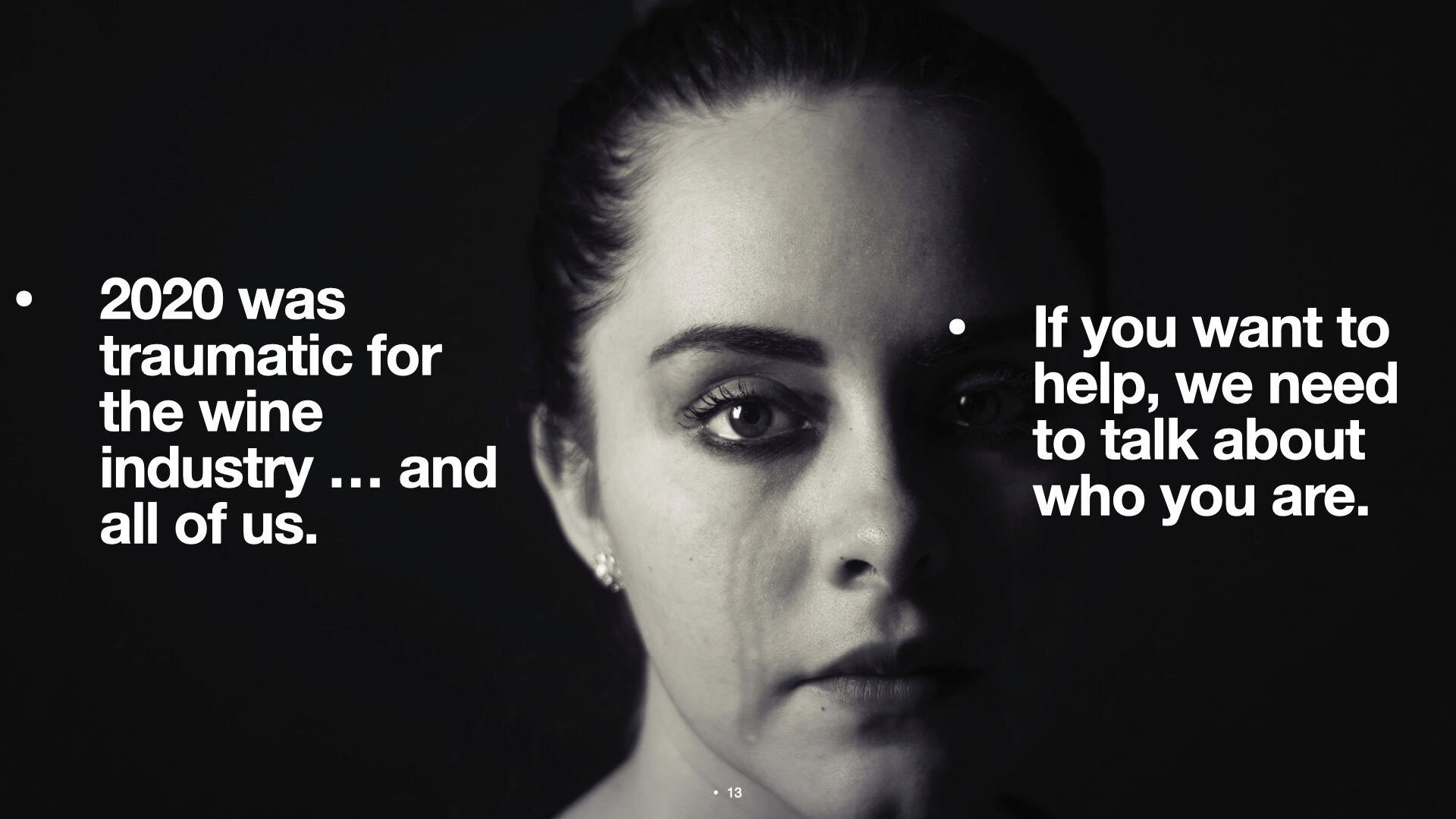
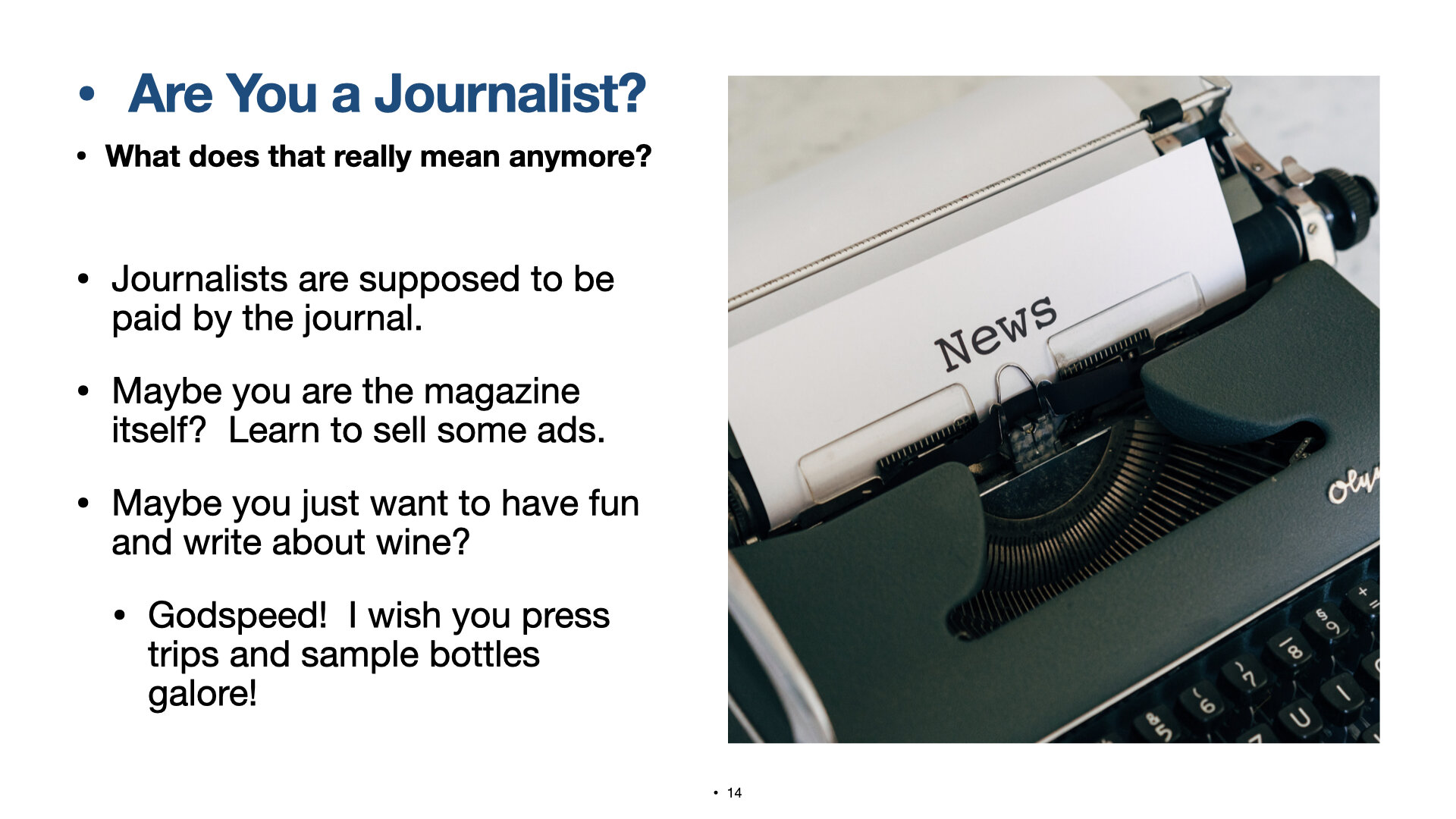
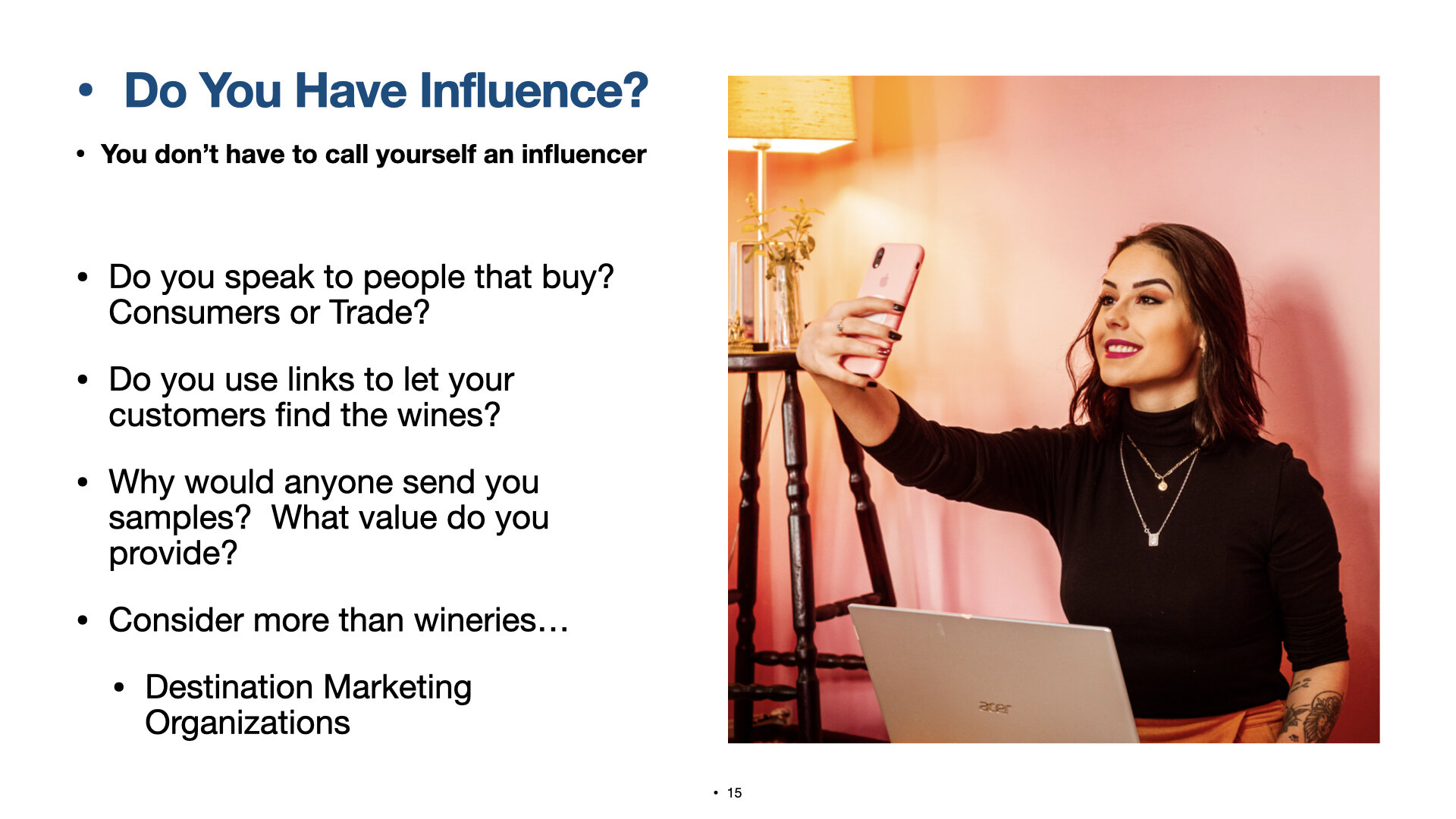
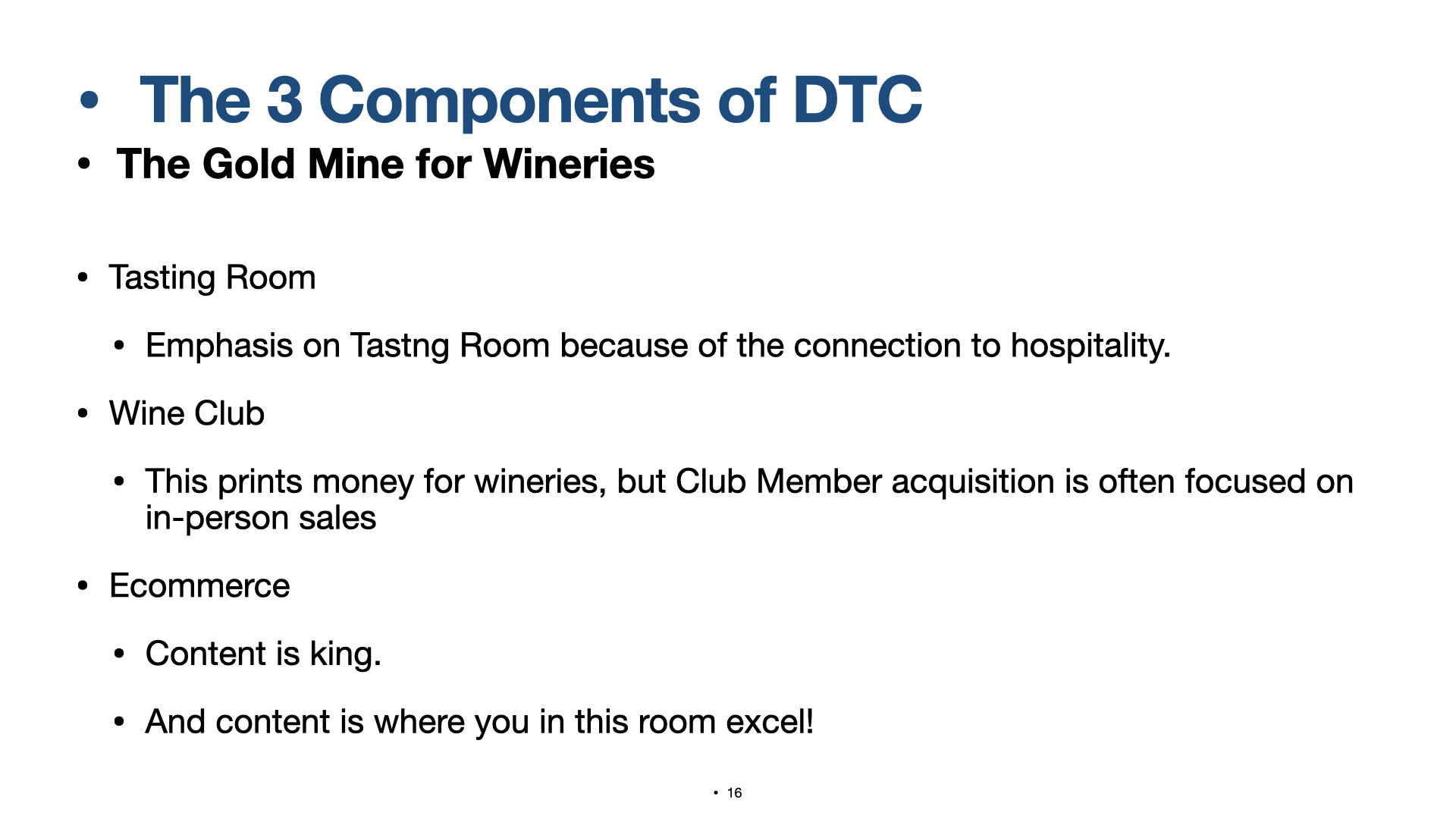
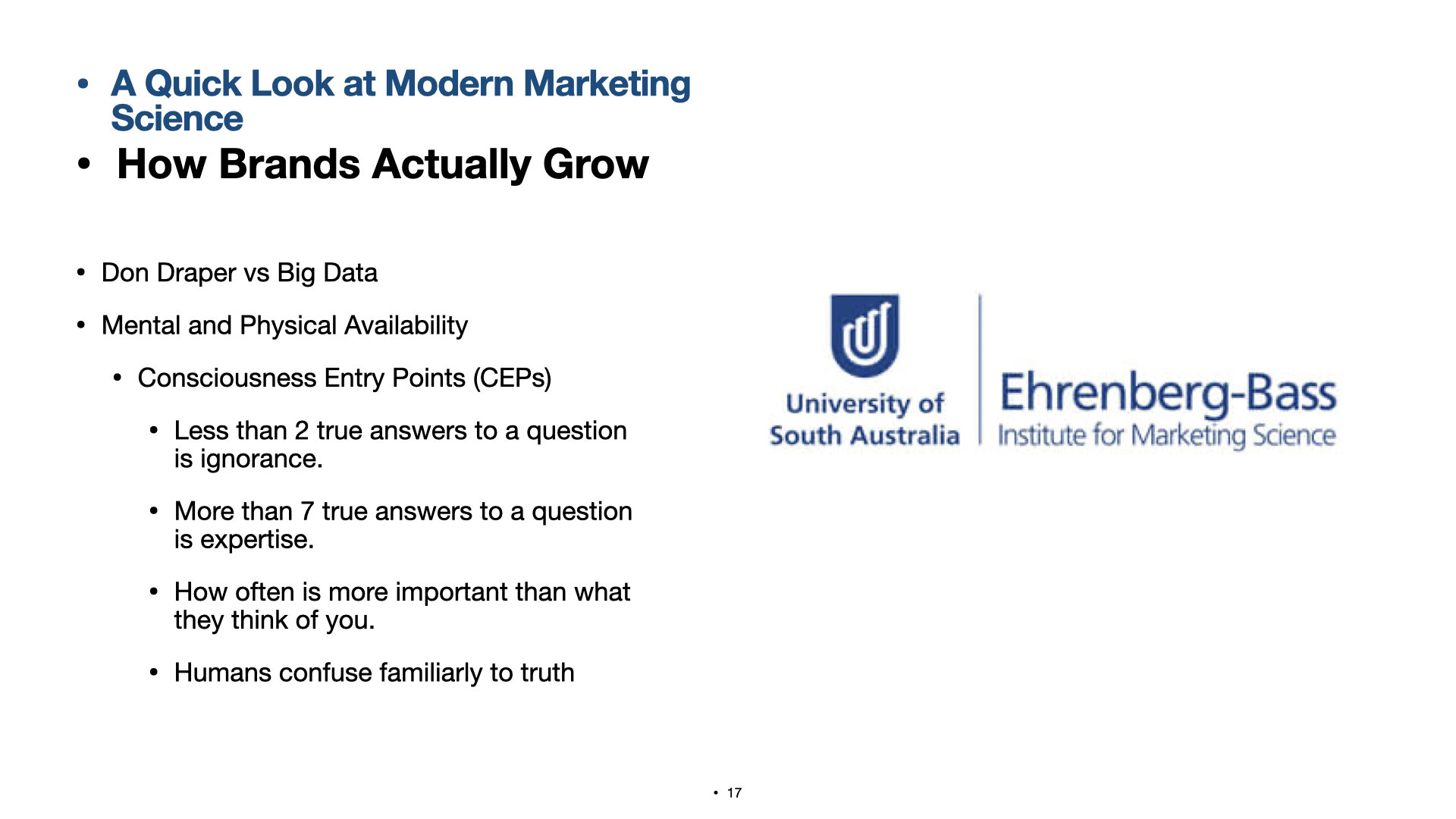
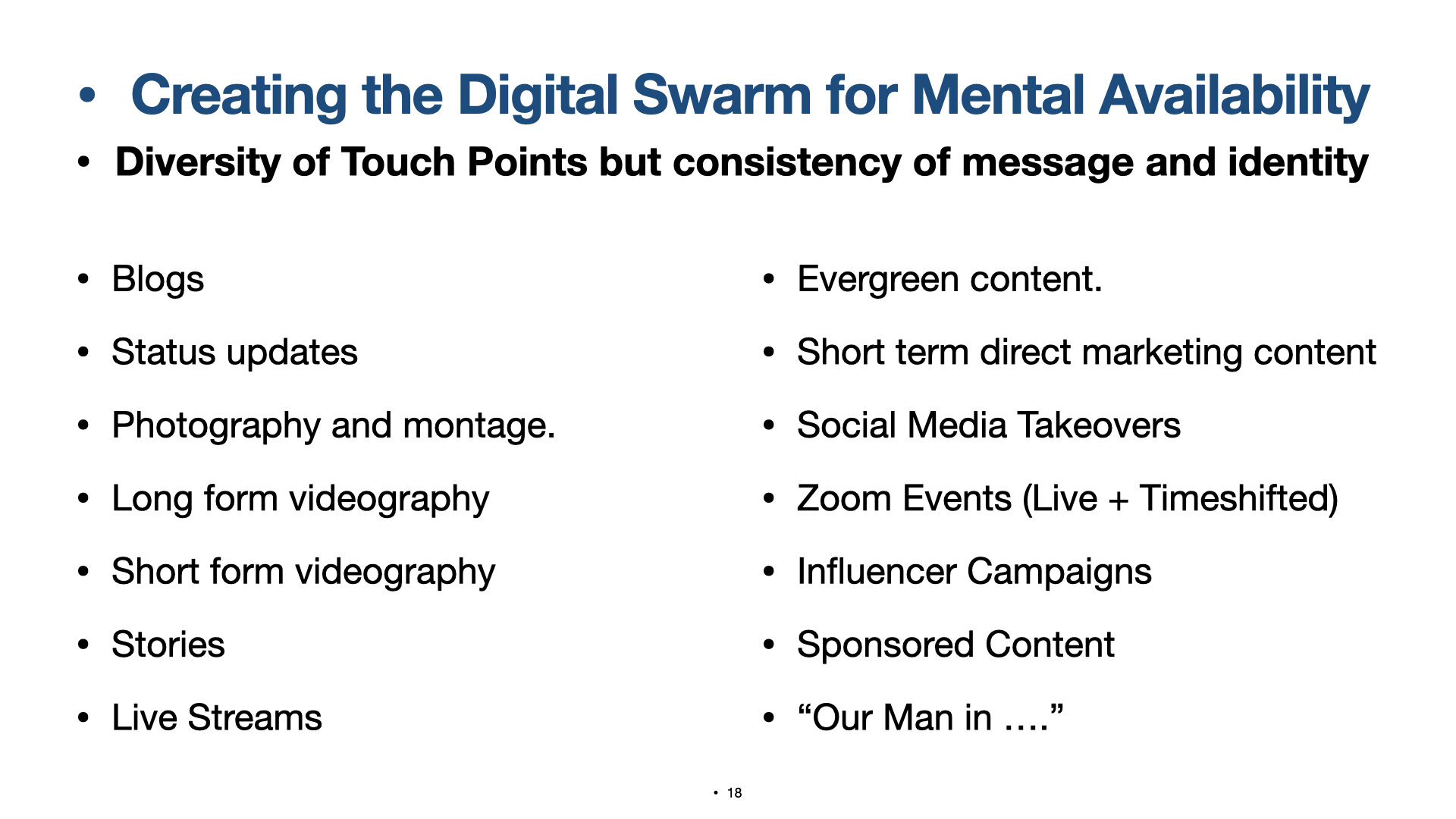
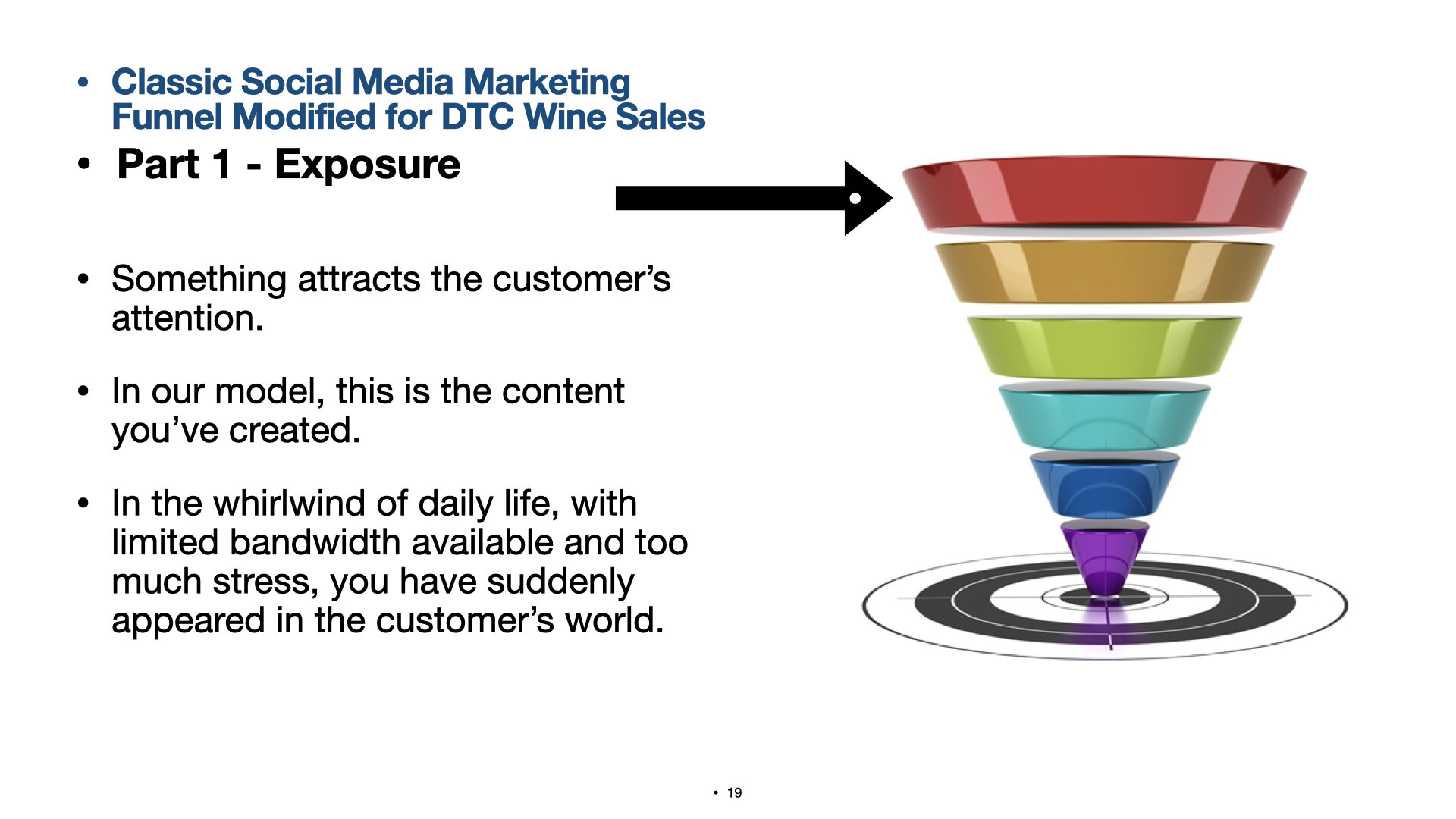
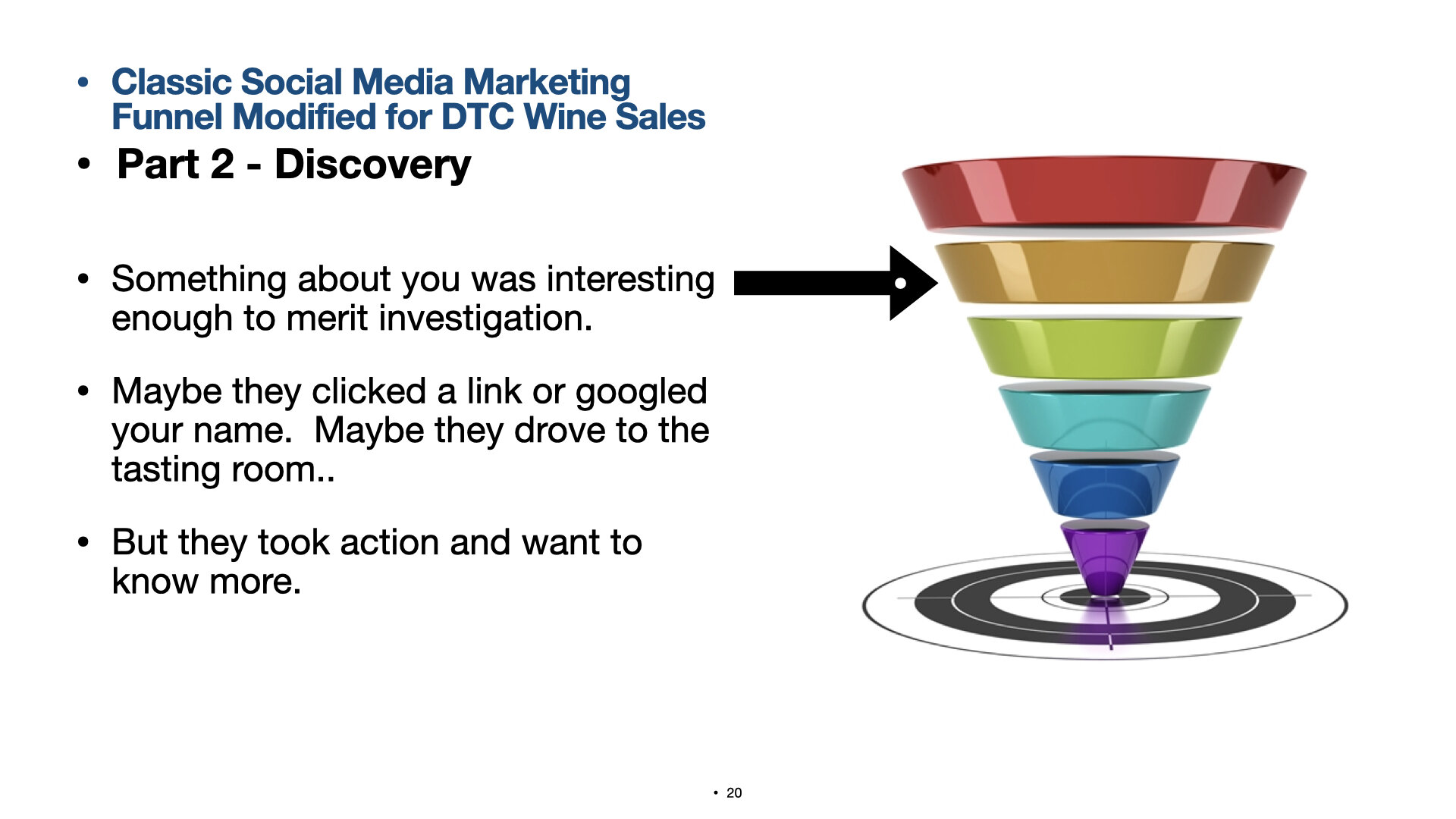

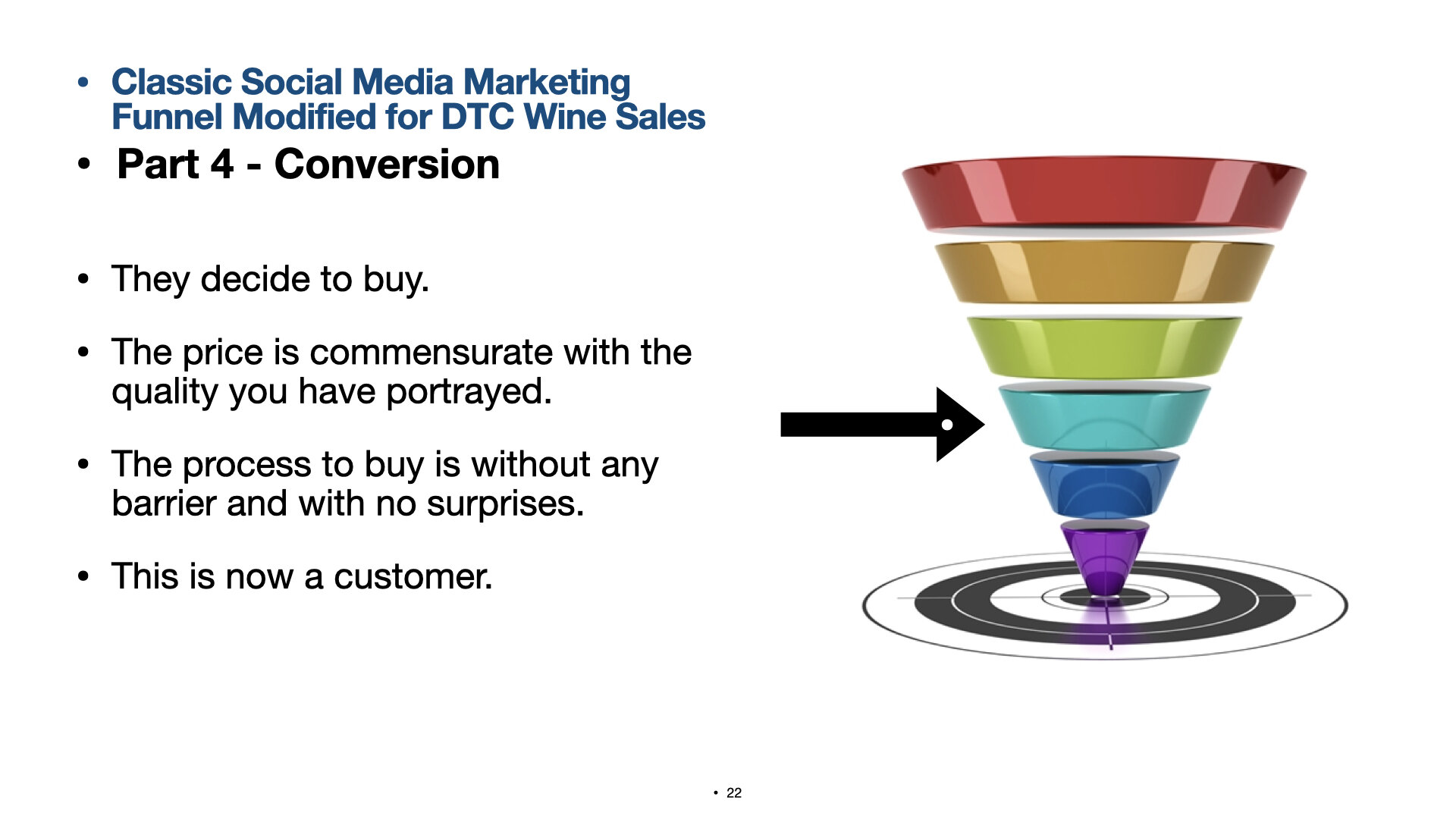
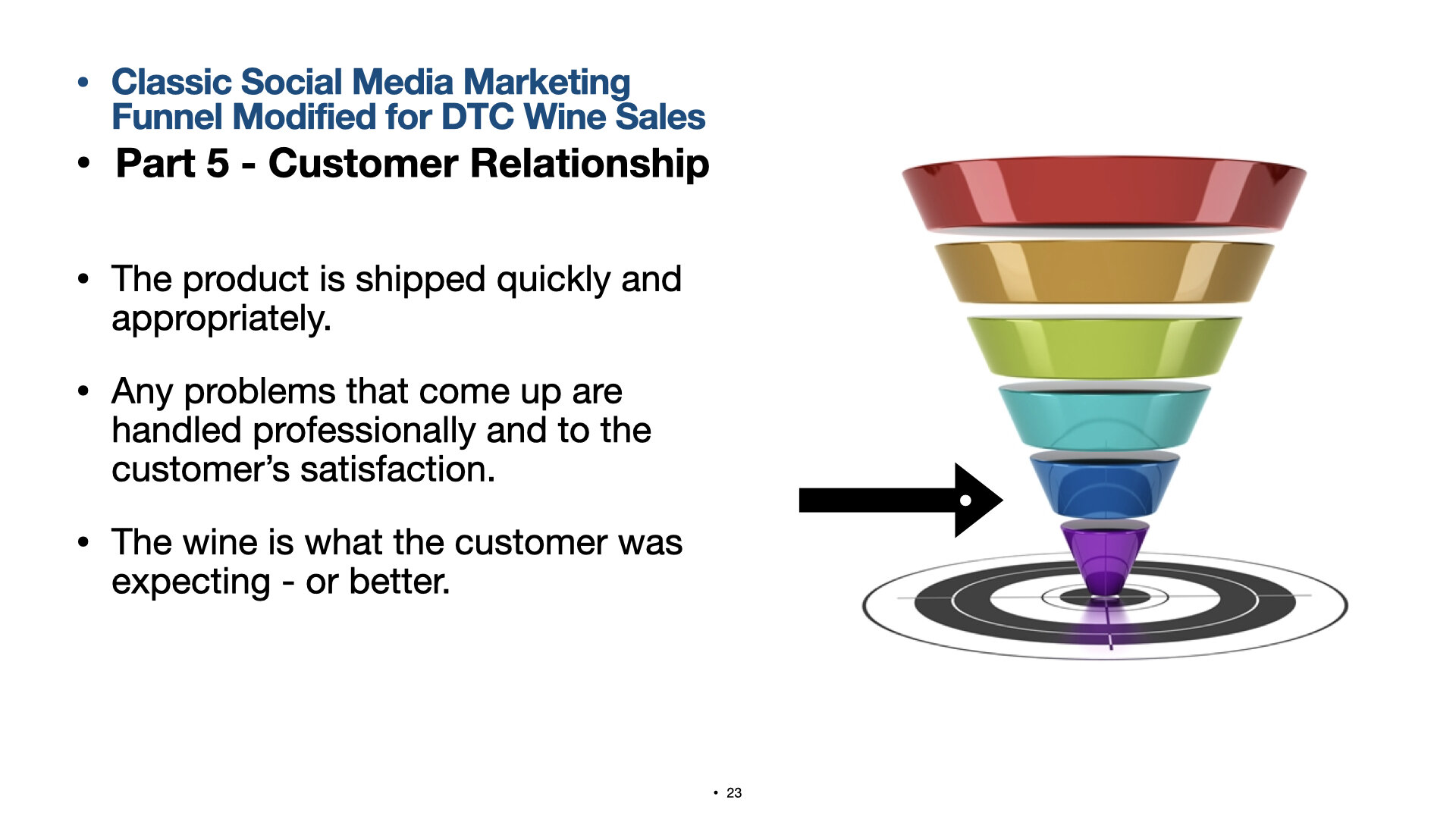
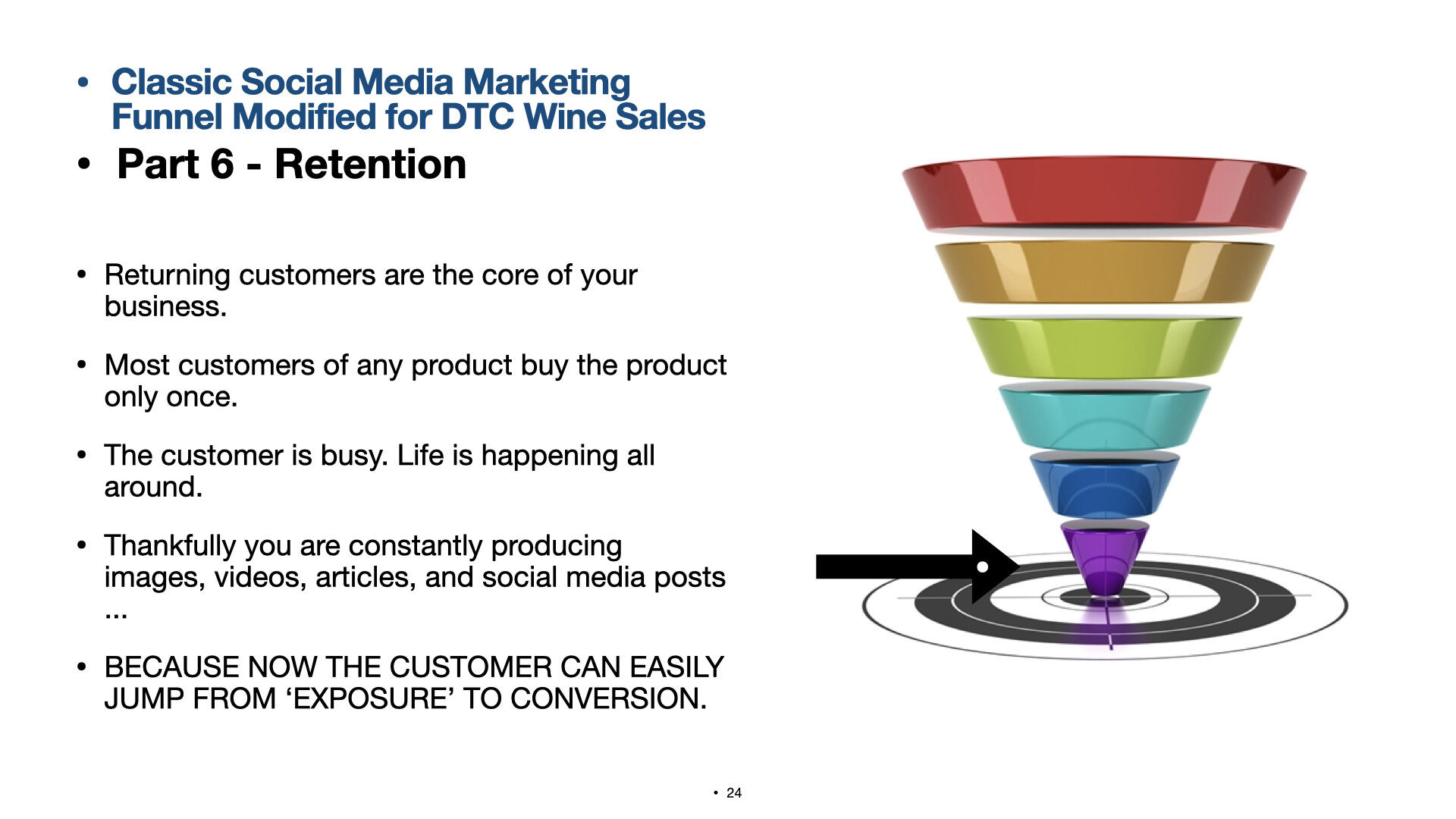

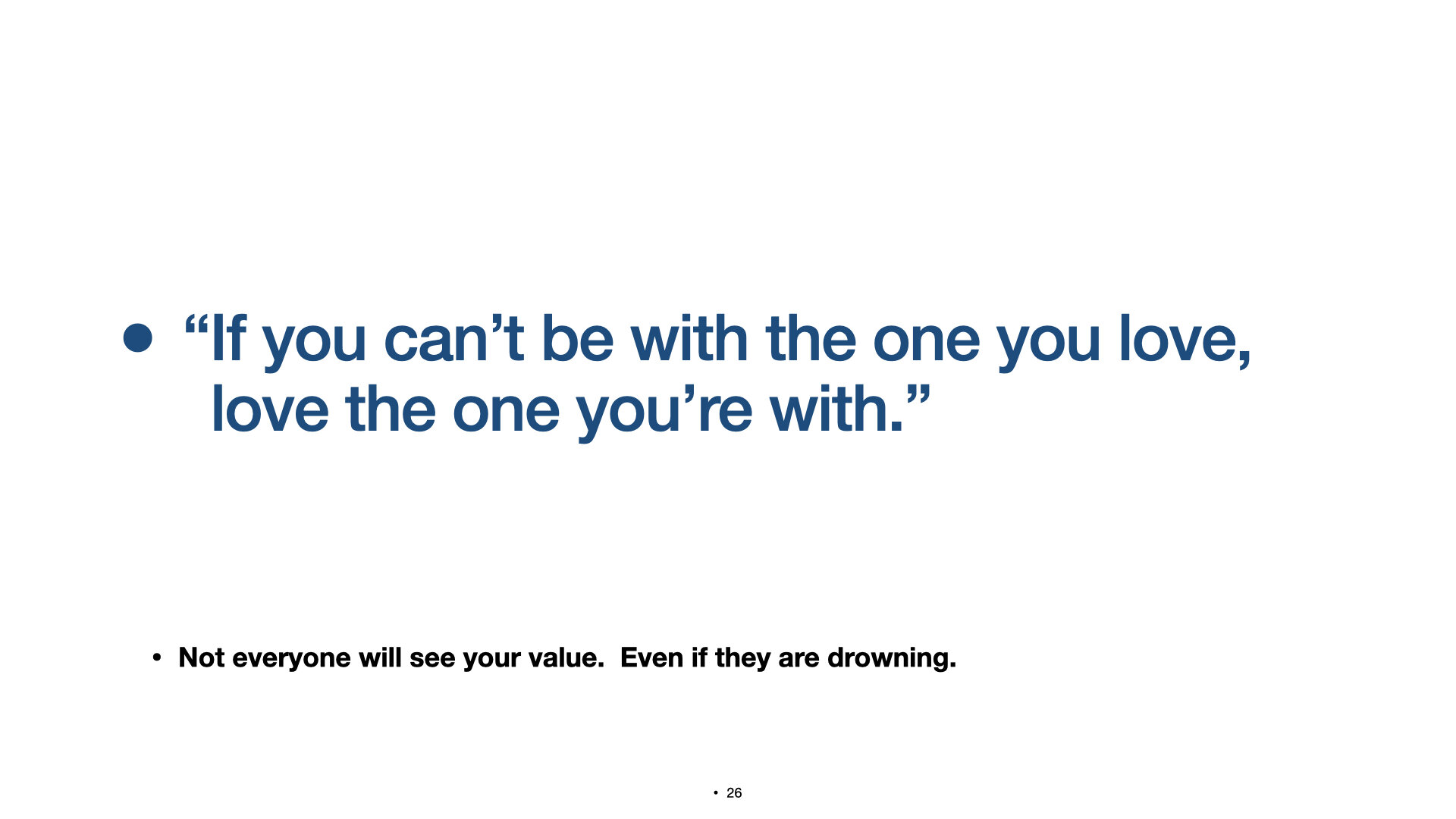
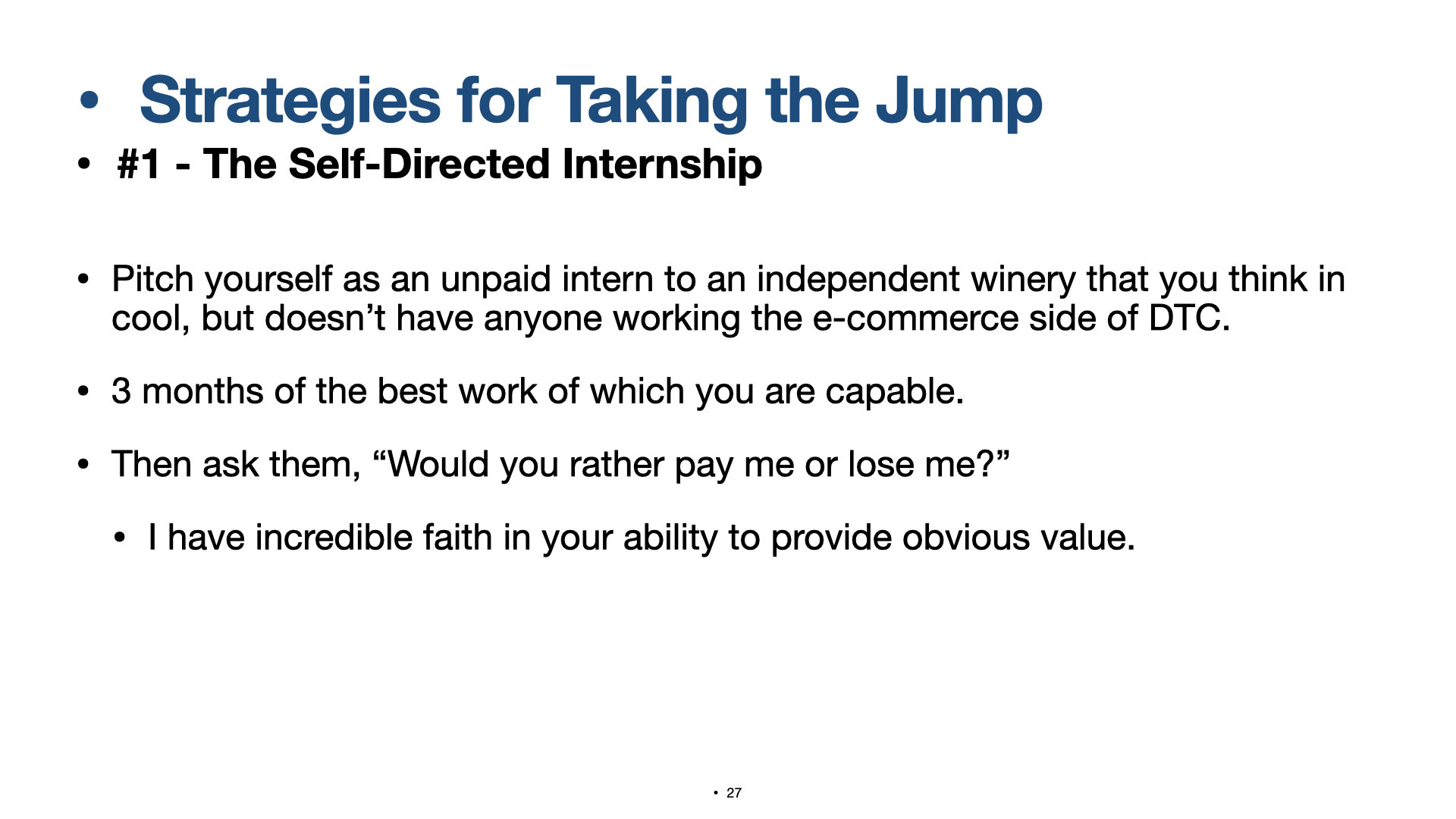
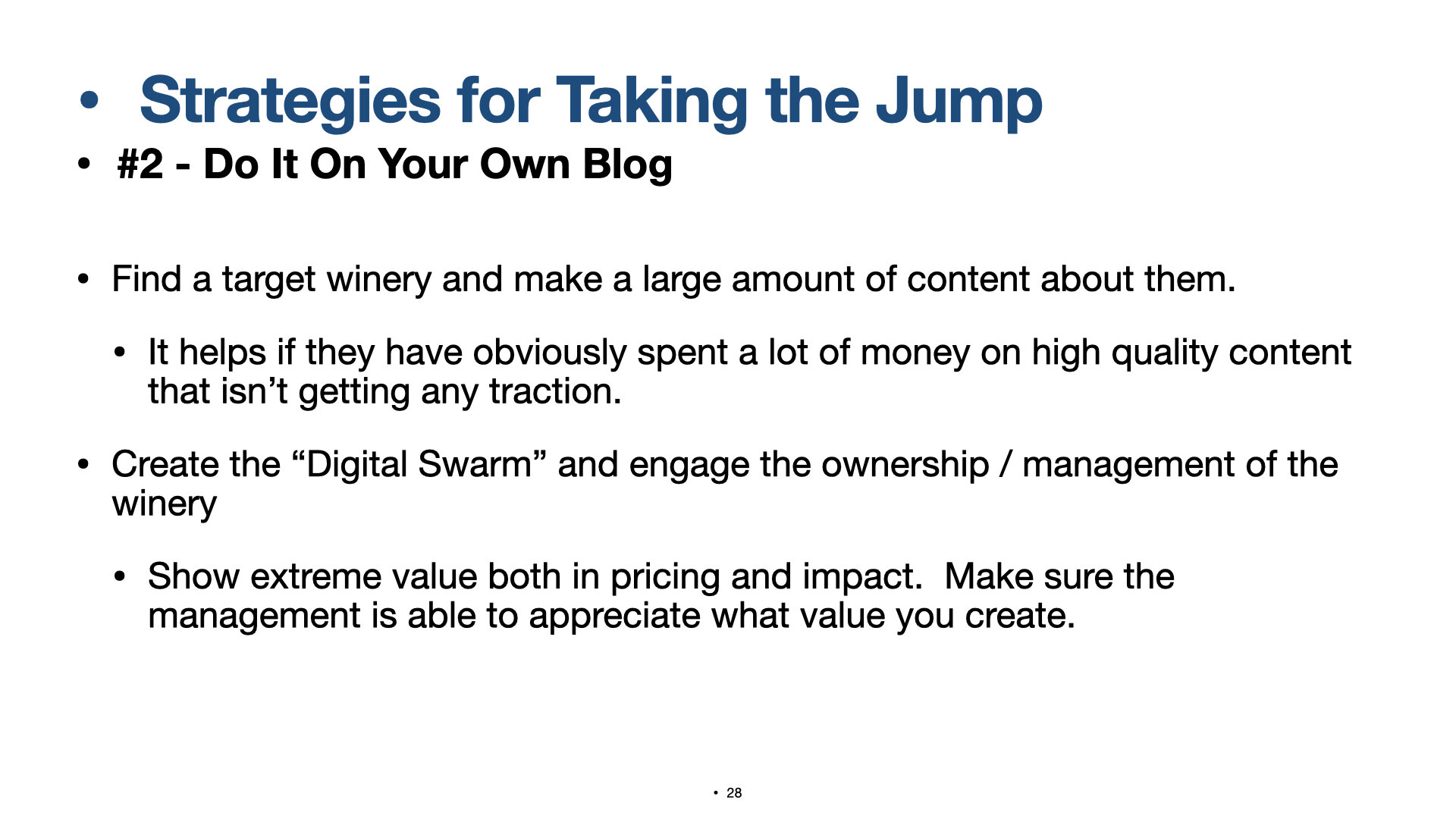
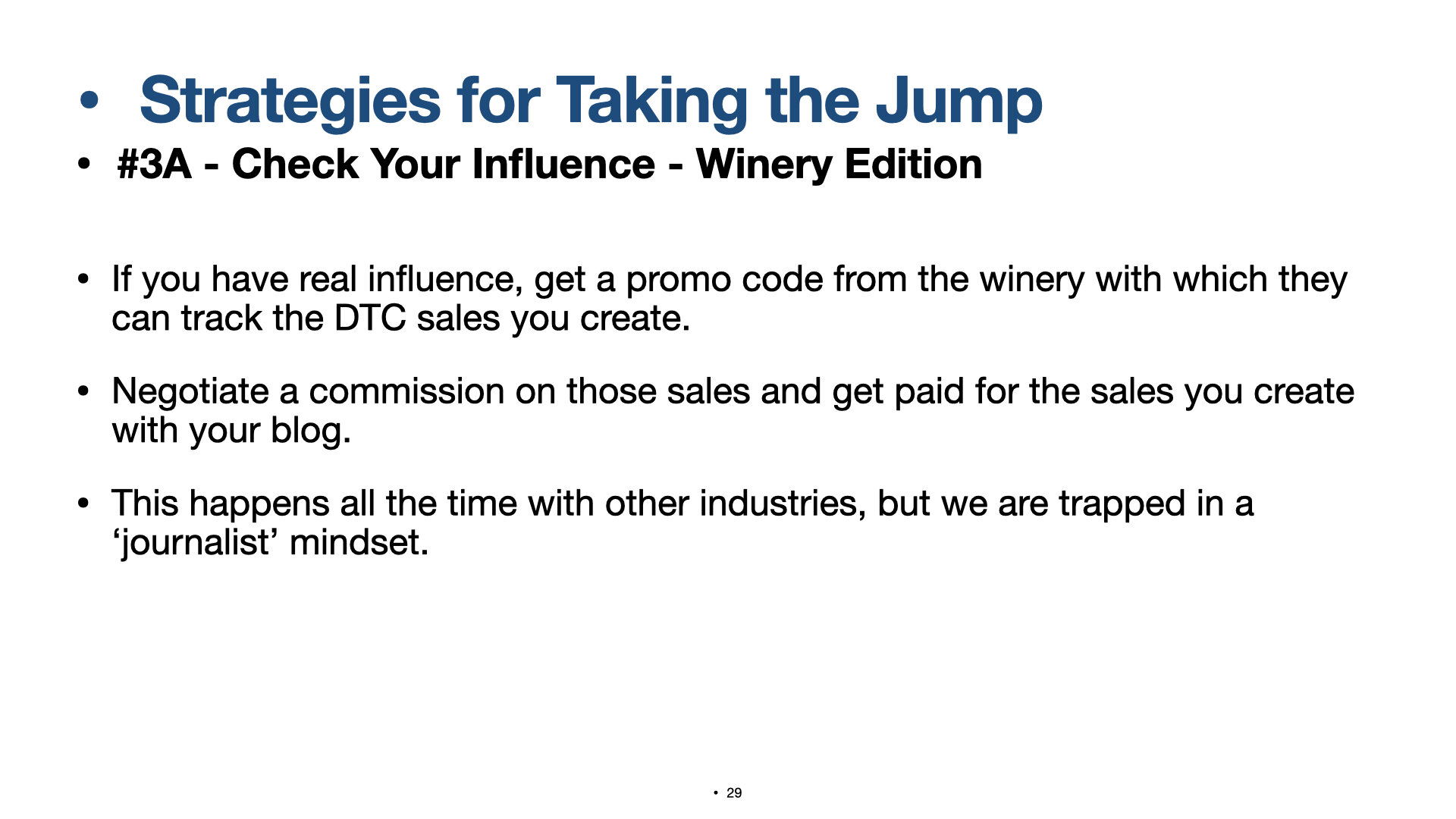
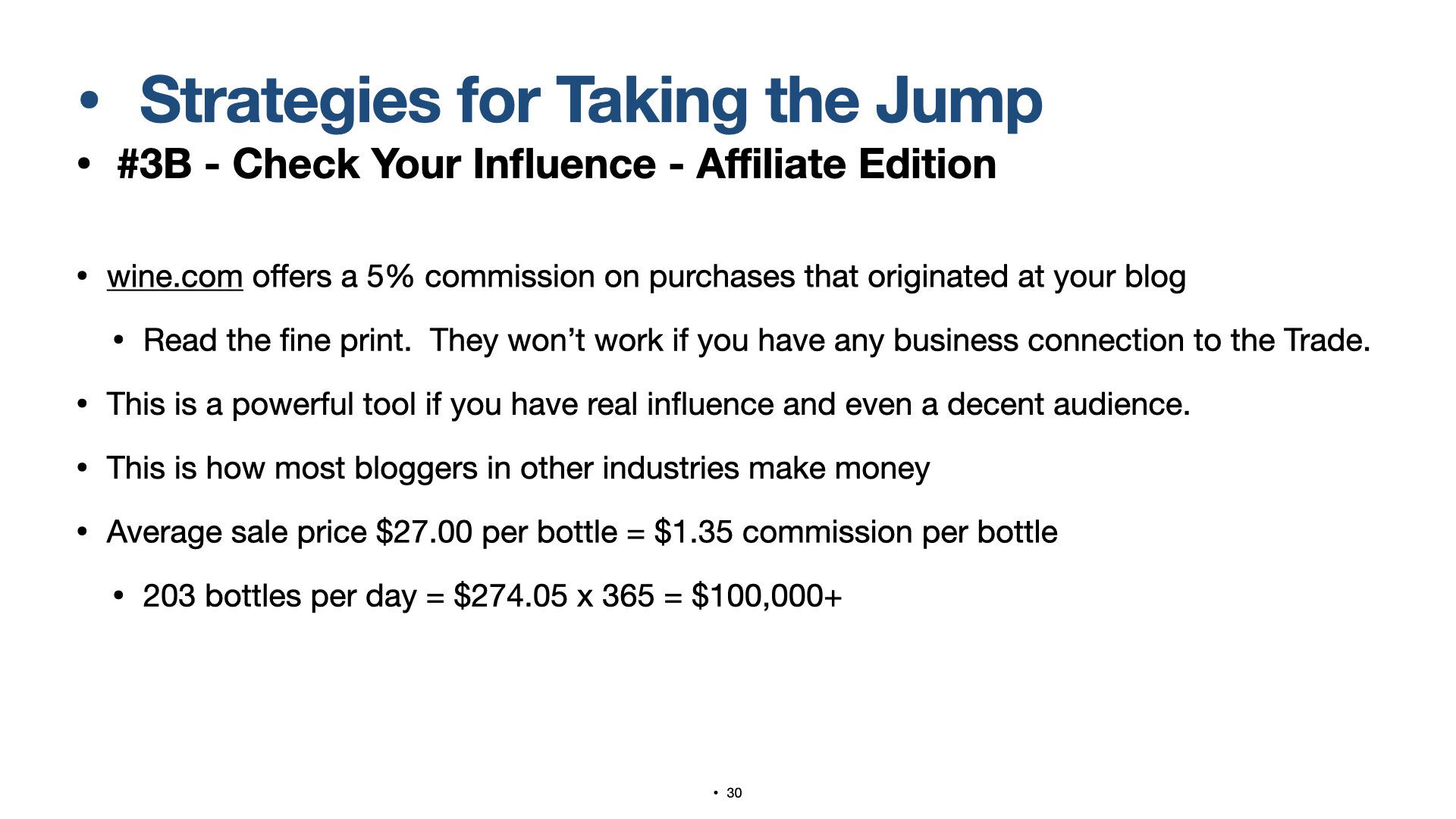
My name is Austin Beeman, and this is my presentation, INDEPENDENT WINE MEDIA IN THE POST-COVID WORLD. That seems like it's perhaps a little premature with all things. But to be fair, I did title this two months ago.
So, who am I and why should you care? That is always the important step when so many of you are meeting somebody who you may have not heard speak before. I'll give you a little bit of my background very quickly. I have an MBA in wine and spirits management from KEDGE Business School in Bordeaux. We are going to talk about a large number of business centric ideas and concepts throughout. I'm currently the vice president of marketing for Cutting Edge Selections. We are the largest family owned distributor in Ohio and Kentucky representing a very large number of Oregon brands and over 700 wineries mostly small and medium sized around the world.
I was the former Director Of Marketing For Bonny Doon Vineyard. I worked with Randall Grahm on his Popelouchum crowdfunding campaign. I believe it was one of the largest crowdfunding campaigns in the wine business that had ever been done. I've been an independent wine merchant for 10 years prior to going onto the supplier side of the trade. So, I know what the trenches are like for wine retail. I was a bespoke wine tour operator taking small groups primarily to Europe. Many of you will also know me from my online video show, my online video blog, Understanding Wine with Austin Beeman, which I started as a retailer and I've continued with interviews and vineyard profiles.
So, everybody always asks, "Can I have a copy of your slides?" If you'd like a copy of the slideshow, feel free to hold your camera up at the screen. It will give you the ability to download the PDF directly to your phone.
Audience:
Great.
Austin Beeman:
I am super bullish on QR codes and their role in the future since about 2006 when three people in the world knew what QR codes were. The cute little picture in the center is from Woodward Canyon State Vineyard as part of the Walla Walla Wine Bloggers Conference.
So, we're going to talk about really three things. We're going to talk a little bit about what happened in 2020 that really changed the wine business in a broad overview. We're going to talk about what new media content creators can do to help, i.e., the people in this room have the great potential right now to really be an incredible value and assistance to a suffering independent and small winery landscape. Then some practical ideas of how you can take the next steps that might make you more appealing and more attractive to one of these wineries, either to work collaborative or to actually join the team and to be hired into one of those wineries.
2020 fundamentally changed the wine business more than any time in the last 20 years that I have been legal to drink, and it wasn't just COVID. We started with tariffs on imported wine. Race and gender became predominant in a way that they really hadn't been the focus in the past. There were fires up and down the West Coast that had significant impacts on what is available, what it takes like and really what kind of value there is in the wineries themselves. Of course, we all know COVID. We're going to talk about the devastation of the American restaurant business and how bad it really was and continues to be. We're going to talk about the change to digital, the embrace of digital by wineries and their ability to capture an online customer. We're also going to talk a little bit about some of the logistical issues.
Early 2020, the company that I work for, Cutting Edge Selections, was interviewed in The Wall Street Journal. This was my photograph from our warehouse that got on the side page of The Wall Street Journal which I found myself on the back. I'm pretty happy about that. I won't lie, that made me feel really good. I have a couple of copies and my mom has one framed, but it was a real danger. Depending on what type of wine and where it was coming from in Europe, they were looking the imposition of 25% or 100% tariffs. Some of those tariffs did take effect for a time and basically destroyed the profit margins of the small distributors and by extension, small retailers and restaurants across the United States.
When you add early in the process a 25% or 100% tariff, you basically are making it impossible for the small distributor to compete because the bulk of the small distributors in the United States are based around those good inexpensive wines from France and Germany and Italy. Retailers and small restaurants they differentiate from not having to work with the big guys because those small distributors are there selling that cool little Côtes du Rhône, cotes du name that you've never heard of and it is at great price. That allows them to be different and not have to buy the big chain corporate wines that sell everywhere else.
But maybe this would have been a good thing. Maybe this would have helped American wineries. Well, almost every American winery at talked either publicly or privately on this issue mentioned that this was going to kill their distribution network who makes most of their money selling their imports and who also then sells the small Oregon, Washington, California wineries. If those distributors fall, if those independent retailers fall, then you also see most of the sales for those American wineries will also disappear.
Currently, there is a five-year hiatus on the tariffs. So, they're currently not in place. They've been replaced with sort of a nightmare of global shipping. As late as 2019, we could get entire containers of wine and pay in shipping cost in the REDACTED dollars for an pallet container and it would take approximately six weeks reliably. Now we're paying REDACTED for that same container, and it will take you between six weeks and six months. We can't even begin to know when things are going to arrive, creating massive issues about the stocks, massive issues of lost space for the small distributor, the small retailer that is being gobbled up by the big guys. And even they are having significant shipping issues. Some mass market wines, for example, Kim Crawford are disappearing from a lot of shelves just because of the shipping issues that we continue to experience. That is not expected to improve anytime until the end of next year.
Race and gender with Black Lives Matter and the Me Too movement really stepped forward in a way I think in a lot of our consciousness that we hadn't had before. A lot of what we all love about wine is its connection to western Europe and that culture. But sometimes that can create a situation where we are excluding people even if it's not intentional. A lot of people were really sort of humbled by hearing the stories that were not our own lived experience and reacting to that in a way that some things need to change. We need to look at who is drinking wine, who is buying wine and what they need from us. I do recommend that you check out the Black Wine Professionals, Julia Coney, a friend of wine who is doing some really interesting work here. But there are also plenty of interesting blogs of people who are at this conference that could potentially be read and shine a light and speak to this in more depth.
There was also a huge issue with sexual abuse within the Court of Master Sommeliers, which is the most respected organization for wine knowledge and specifically knowledge of service. Without going into a lot of the specifics, there is not only multiple reliable claims of sexual harassment, also sexual abuse, also a lack of mentorship and a number of really difficult issues. I do recommend that you read the article that I posted here that was in the New York Times. That will give you a really nice overview of what that situation was. But again, this was something that people sort of always knew that the restaurant and wine scene was a little scuzzy. But this sort of became a moment where the consciousness and the conscience of a lot of people was tested to be like no, this needs to change and needs to change right now. But that creates a challenge for the wine business as a whole to adjust to this new reality.
Then we had COVID and very shortly, the restaurant business was utterly obliterated. There were 110 restaurant closures, most of which happened early in 2020. The majority of that 110,000 are still closed. Of the ones that are still closed, 15% had been open more than 30 years. If you know anything about the restaurant business, you know that being in business 30 years is basically a miracle for a restaurant. The vast majority of restaurant fail in the first one to three years. The fact that you can almost permanently destroy independent family restaurants in a very short period of time has been devastating. That is where so much of the top independent small wines go. This is a problem. Even though some things are coming back online, still most are closed and the ones that are closing are having issues with staffing.
That was $240 billion of lost revenue in 2020. Is that a lot, how much the restaurant business makes. Yeah, that was 27% of the total financial value of the restaurant business in the United States. When you think how disproportionately hard that hit the mom and pop family restaurants versus the Olive Garden, Red Lobster chain places, this is a devastating destruction of a market for the independent wineries.
We had serious fires up and down the West Coast. This continues. This appears to be almost every year.
A lot of times when they're talking to you as a journalist, when they're talking to you as someone who's going to write about them, they're going to talk to you a lot about things are going to be okay and they're going to really put a positive face on it. But as somebody who buys from their wine, most of these wineries do not have usable 2020s that we can buy. In many instances, they are not selling wine to us. This is a situation that those of us in the trade know is significantly worse than the journalism issues are bringing up. So, this is a problem, and this is something that needs to be dealt with.
There's also going to be a lot of wine that's dumped, seriously damaged with smoke taint. We're going to start to find this in the private wine clubs. We're going to find this in those was 14.99 now 9.99 blast offers you get in an email. The quality of lowered price American wine is going to be worse and that is going to cause a significant movement to beer, to spirits, to Seltzer to something. That is very bad for the small family winery as well.
COVID created a situation where you didn't have your tasting room anymore. You didn't have your distribution. You didn't have your restaurants and retailers. What you had was direct to consumer, DTC. Sales through the internet, through e-commerce grew 27% over the course of the year with online retailers like wine.com saw 118% growth. Certain things like Drizly which delivers from local stores to local customers saw almost 600% growth in many situations. So, people got very used to purchasing wine and having it delivered to their home. There are significant challenges with retailer inner state shipping, something of which even though I work on the distribution side I am 100% in favor of, but this is not as easy as it seems and it does hurt the paths to market for a lot of these wineries.
I want to read you this quote.
"The skill set that bloggers are creating, running their own blogs, mostly pro bono, are the same skill sets that can be turned into jobs, into consulting, into real revenue. Most people will never monetize their blog. The best most bloggers can hope for is free samples and some cool press trips."
Then talking about working in the industry.
"If this is what you want, if this is your dream, if this is something you want to experience, this is the five-year window to reach out and take it."
Who said that?
That was me at Wine Bloggers Conference 2016.
So, once again, this is your moment. The wine industry has never ever needed the kind of skills that bloggers, podcasters, video creators, social media experts and influencers have than this moment right now. Specifically the small to medium size independent family winery desperately, desperately needs you. This was really traumatic for all of us in this room. This was traumatic for almost everyone. This was a traumatic shock to the system of the American wine business, in fact the global wine business. So, if you have decided that these things matter to you, the preserving your local wineries, these cool small wineries, that person you wrote about three years ago, they're all suffering. We need to talk about who you are, what you really have to offer and be super honest with what you really bring to the table for them. That's the next step.
The question you have to ask yourself is are you a journalist because a journalist is independent of the trade. A journalist is someone who objectively looks at the business or looks at the winery and comments for either a magazine or for an audience but not for the trade. Many people when they start in the wine and blogging space, the reason that they are here is because packer, spectator, critics, they want some of that juice. They want their opinion on whether this wine is good or bad or what it's like to be valued and we get that. When we say this wine is really good, we want people to believe us and trust us, but that's the journalistic mindset. That's not the trade mindset and that's not really what can help. Because if you're trying to make money and you're a journalist, you're supposed to be paid by the person you're writing for. But maybe you're the magazine yourself. Your blog or your email newsletter, your podcast is the thing, in which case if you're ever going to get paid, you're going to have to learn to sell advertising.
It doesn't matter how good you write. It doesn't matter whether you have good taste in wine. It doesn't matter if you have a lot of access. You make money if you learn how to sell. Nothing in this world gets to exist if no one is able to sell it. So, if you're writing good, bad, indifferent, it doesn't matter. Learn to sell. Sell your own advertising. You can have four followers, but if you're great on the phone, you can find a sponsor. So if this is you, if you're really a journalist, the best thing you can do for yourself, learn to sell advertising. Take some sales classes, read some sales books, talk to people that are good at selling, go from there.
But maybe you just want to have a lot of fun. Maybe you want to write about it and that's part of what's great on the internet too, is that you get to publish the thing you want to publish, and there is nobody that can stop you from publishing it. So great, Godspeed. I am really happy for you and I wish you press trips and sample bottles till the cows come home. The situation is such that even if you're not making any money from your digital platform, and even if you're not having a great deal of influence, this situation is so dire for so many wineries and regions that you will still get press trips and you'll still get sample bottles because everyone is desperate and they need somebody to write about them. Even if your audience is small, there's still incredible potential.
The real question is, do you have any influence? Now don't get wrong. I am not anti-influencer. I know some people are. I think that that is just another form of advertising. It doesn't matter whether the person knows anything about wine. It doesn't even matter if they know which way to hold it or they open the bottle with a corkscrew or not. If they have actual influence that results in real sales, they are valuable. In fact, they may be more valuable that the person with multiple WSTs that doesn't have the ability to influence their audience to make a sale. So, let me ask you a question. The first question is, do you speak in your blog to people that have money behind that buy? Are you speaking to consumers that purchase wine? Are you speaking to people in the trade, sommeliers or retail buyers?
We all know that there are very different kinds of followers, very different kinds of blogs that speak to different things. There are a number of sommeliers and influencers when they post a label picture from New York or Houston in Ohio or Kentucky, I have sommeliers calling me on the phone and saying, "Hey, do you have this?" I have just sold $10,000 worth of wine in an hour because of their one social media label post and a couple of paragraphs. So, if you're speaking to the trade and they're trusting you, that can be an incredibly valuable way for you to influence what is bought around the country, not even just in your home market.
When you're writing about wine and it's available for sale, do you use links to let your customers find the wine? When I was at Bonny Doon, we would send out samples to various writers. What we found was that a blogger who shares a link to where you can buy on our website often moved the needle so much more than a critic at San Francisco Chronicle or New York Times or something like that that might build our brand but do not create those immediate sales. If you are someone who is constantly linking to somewhere someone can buy the wine, you are going to have people flooding you with samples because they can track that and they can see what instantly.
Then ask yourself a hard question, why would anyone send you samples? What value do you provide? What is it they are sending samples or giving you access or putting on a conference like this, because they are looking to have something happen that benefits the region or the winery or that. So, ask yourself, what value do I provide and hey, how can I best communicate that I do provide that value to the brands or the wineries? Then also consider more than wineries. As I mentioned, destination marketing organizations are great. Sometimes that incredible good article is about why a place is special rather than an individual winery.
The reason why DTC and bloggers writing can really communicate and move the needle is because there are massive margins in DTC. When you buy directly from the winery, you are cutting out the distributor. You're cutting out the retailer. They're able to make as much sometimes on one or two bottles of wine as they would selling an entire case through the three tier system. So, anything that a winery can do to grow their direct to consumer sales is going to provide a lot of value, give them the money they need to stay in business or to weather this hard time that they're experiencing right now.
The three pieces are the tasting room which is where most wineries spend all their money. It's kind of foolish, but it's because so many people come to the wine space through hospitality. The wine club getting a couple of shipments a month. This is really great, but also they're almost always trying to acquire that customer through the in-person sales. Then e-commerce. This is the thing that really exploded during COVID. The idea that you can communicate through a Facebook post, through a blog post, through social media and then get people back to your website and sell. The other part of this is email as well. So, growing the e-commerce, the most neglected side of the three components of DTC is where you in this room have the biggest potential to make a difference.
I want to do a quick overview of what modern marketing is. The Ehrenberg-Bass Institute does a marketing for packaged goods companies and beverage companies. They're considered the best in the world. They're used by Proctor & Gamble. We envision marketing as Don Draper and three-martini lunch when in reality modern marketing is more about data, processing data, understanding your customers. And especially when you're looking online sales, big data becomes really important. The two most important things are mental and physical availability. Mental availability is the one that we can all influence as bloggers, and that is how often does something think about you and how many times can you just touch them with a piece of content so that you're popping back into their head? Sometimes you have to touch somebody as many as 10 times with a brand before they finally decide to purchase it.
We talk about consciousness entry points which are just how many different situations are you touching. So, if you're talking champagne, for example, it's celebratory but it's also a gift, but it's also something to have with oysters. You want to make sure that you're talking about as many different sides of this, many different situations for the same product in order to make it work. So if you think of Oregon wine country only as pinot noir or only as something you drink when you're Oregon but never when you're back home in your own country. You only drink it in restaurants. You want to make sure that people are talking about the same thing in many different ways.
Then we look at what is actually stored in our brand. That if I ask you a question on a topic and you can't name two true things about it, well then that's basically ignorance of the topic. It's just not an insult. That's just they don't know anything about the topic. But the flip side is that if you note seven or more true answers to a question, you're already 1% expert in the field. So if I ask you a question of like name seven cities in India, most of us are not going to get seven cities in India. If you ask us name seven grape varieties, we're going to get more than seven. Those ideas, those names are put there through marketing swarms and all of these consciousness entry points. All these tiny little things that touch our world so that when we're asked that question, boom that's something we know about. That is something that impacts.
So, when you're writing on behalf of a brand, what you're trying to do is have enough of these little touchpoints so that when somebody says, "Oregon pinot noir," they think bam, these seven brands because most people just only have less than seven, between that two and seven there. If you're not in there, they can't purchase you because there's no mental availability. Then how often they think of you tends to be more important than what they think of you. We see this in politics a lot. Name recognition is better than whether they like you or not. People tend to vote for somebody whose name they know, not necessarily somebody they agree with. That's been proven out time and time again especially in local elections, and it happens in products too. You walk into a store. You look and you see, I recognize that one brand and you buy that one brand because it's just the one you know.
Humans also confuse familiarity with truth. It's been proven that the more times you hear a thing, whether or not that thing is true, the more likely you are to believe that thing. So, if you're trying to communicate that we are the best chardonnay producer in Oregon, saying it often enough in enough different things will put in people's heads, yes, this is the best. If you say enough times that well, we didn't have a good vintage or this isn't a very good whatever, then you can also put that idea in people's minds.
So, the thing that you can do as bloggers is really create a digital swarm.
I don't have to tell you what all these things do, but it's there are so many different things that you can do that all push back on the same brand or on the same thing. Blogs, status updates, photography and montage, long form videography, short term videography, stories, live streams, evergreen content, short term direct marketing content, social media takeovers, Zoom events live and then time-shifted and edited, influencer campaigns, sponsored content, becoming our man in wherever. Wherever a gin bottle would go somewhere, they would have a local contact who knew that. So, if you are based in Michigan or Arkansas, you become the person in that community. So when the wine maker is doing a tour and visiting that area, you're meeting up and you're writing something about them. Being that person for your community becomes also a really killer thing.
We all know what a lot of these are, so I don't have to go into any real depth on them. But I think it's important that we really start to think of it of building a digital swarm. Of being everywhere with content on individual topics, especially if we're trying to support a winery either that is paying us or that we are big fans of.
I'm going to go through this really quickly, but I definitely recommend that you spend some time with the slides because this is something that some people know really well and some people really don't know very well. But you start with exposure, attracting the customer's attention through the content you create. Then for the first time, they have an awareness that that brand exists or that your blog exists. Number two is discovery. Something about that is interesting enough that they are going to take it onto themselves to go to your website or to go to the brand's website, but they took an action. So, now they're digging deeper into your content or the brand's content.
Now you're considering. So, this is where they learn more information about it. Perhaps they taste it but they spend time on their own terms, either on the brand's website or on your own. Most people leave at this point. Most people decide this isn't for them. That's fine. If you're really lucky, you'll get half the people go to the next level. If it's more normal, it might be close to 1% but this is just going smaller and smaller down as we go. So, make sure that it's easy to navigate. Make sure that if somebody with as much influence as a Sero is going to your site and trying to sign up for email blasts that he finds them. Just saying. Then make sure that questions get answered. So, any potential question that you are getting in an email about your website or your blog, make sure that that is answered on it without them needing to email you.
Then they convert. They decide to buy. This is mostly on the brand side to do this part of the job, but you can work with them because a lot of wineries don't have this kind of information. So, your ability to present these slides to them, you'll notice they're not watermarked. Use these slides if you're presenting yourself to a winery. This is what they need to be going through it. Some of it they can do and some of it you can do. You create the customer. They can do this part of it. They get the shipping to work. The wine is actually something they like and then retention. You need to get those returning customers because most of the time getting the second sale is the hardest part. So busy. Life is happening. We all know this. We all know how many times we've bought one thing and never bought from that brand again. For us, it didn't matter, but for the brand, it was a significant issue.
This is where you keep producing the content because once they have gotten to the point that they've sold them one thing, every piece of cool content that you create for them, every picture, every video, they'll jump most of these and go right to buy it again. Constantly poking them with that digital swarm can now be the way in which you convert sales. That's a really important part of this is once you've walked people through this funnel and gotten that first sale, now every bit of the content you create becomes sales. It's sales to scale because you don't have to be in the room making the sale. They can easily jump from exposure to conversion.
The number of times that I have purchased a wine because I really liked the wine but I haven't thought of them in three years and then suddenly they post on Instagram. I'm like, "I forgot I really liked that wine," and I go buy a bottle. I'm somebody who cares about the industry and is thinking about wine all the time, and nerding about wine all the time. For the average consumer, they're way less likely to notice or care about those things.
All right. This is great. How do I make this happen? We all know who we want to work with in the wine business. The truth is that most of the wineries whose names we know, we know those names because they already have good marketing people and they have good distribution. The people who need it the most are often the ones that we don't know.
So, the likelihood that you're going to work for a major prestigious brand initially is next zero, but you may be working with a small cool two-person family winery that desperately needs your help. Then where you can make a difference between their winery continuing to the next generation or dying with this one. I truly believe that. Then, of course, some people are just never going to connect with you. They're never going to see the value offered. That's that second line. Not everyone will see your value even if they're drowning. That is just sadly the case. You will not be able to save everyone, but you will be able to help some of them.
So, we've got four strategies for how to do this. Not all these are going to grate you the right way and some of them are going to be the antithesis of what you necessarily think is in your best interest. That's fine. You don't have to do any of these but so many people after I've given previous talks here ask me, "But what are the specific steps?" So, I've tried to put down a few things that I think will make a difference.
I call the first the self-directed internship. Pitch yourself as an unpaid intern to an independent winery that doesn't have anybody currently doing it, that has a very bad e-commerce marketing social media. Pitch them as somebody who can... you can come and work for them for a couple of moths. Then during those three months, do the best work that you can possibly do. Show them the difference that you can make.
Then the big question is, would you rather pay me or lose me because the things that you're doing are not necessarily going to be things that they can continue when you're gone. Even if you were to make an air tight direct marketing business plan for them, most small wineries cannot execute. So, you will know whether or not this works. If you have been delivering your best work, I have incredible faith in the people in this room's ability to provide obvious value and to become part of the team. Maybe that is in a consultancy job. Maybe that is in an actual employment job. Maybe this is the opportunity for somebody to move from where they live to wine country and have that life or that dream that they've always wanted, but you can produce this value. I have great faith in that.
Number two is if that sounds a little bit scary, and believe me, that is scary, do it yourself. So, without telling the winery, find someone that you really like and start making content about them. Start acting as if you were hired by them. It helps if you spend a lot of money on high quality content that is getting traction. A lot of wineries get scammed by people who make videos, who do social media managing and who build websites. They spend huge amounts of money that they barely have on the hope that if you built it, they will come. That is not true. If you sell it, they will get paid. That is true.
So, the number of times that I've seen somebody who spent $5,000 on one video that is getting absolutely zero traction and converting nobody with anything. But because the guy had a bunch of drones and shooting on a red 4K and was really good at selling the wealthy owner of the winery who didn't have experience, this is who you target for this. Show them that you can create valuable content that delivers by creating valuable content that delivers. Then you're almost certainly going to be way less than the people that they're used to working with, especially if this is something that you can do without having to move to the West Coast and incur the very high cost of living here. You have an incredible ability if you're not living in this part of the country to financially undercut better work at a much lower price. Strongly recommend doing that especially for the smaller wineries that simply cannot afford or don't feel they can afford this kind of content.
Number three or three A, check your influence winery edition. This is when you find out if you actually have influence. If the people that read or listen to or watch what you make actually view you as an authority, then take action. Again, we all wanted to Robert Parker. We all wanted to be like Wine Spectator. We want to be this wine great writer, but when those people write, other people buy. So, do you have that kind of influence? You don't need 100,000 subscribers. Do you have a 1,000 of which 200 will actually go buy the wine that you say is the best wine you ever had. Or are you being read by other wine bloggers and you're reading their stuff and everybody is getting views, but nothing is actually moving and selling.
So, get a promo code, your name, your last name, work with the winery so when you send them over to the website, they can actually track and you know what, maybe get a commission on that. Negotiate with the winery that if I bring you extra sales, which is just free money for them, that I get 10%, 5%. They're making between 30 and 70% DTC. So, they have plenty of money in the pot if you're bringing them those customers. This is something that I hear over and over again. Nobody is doing this. You're right. No one is doing this in wine. What they are doing is in every other industry online. When you have the wine bottle, you don't have a promo code. But when they have to watch or the bikini or the hat or the car or any of it, they do have a promo code and they do make sales and often a lot of them, but we're stuck in the journalist mindset.
One last section here. Affiliate edition. I do not work for wine.com in any way, but they offer a 5% commission. So, if you can move the needle, you don't have to focus on wineries. Read the fine print. You can't be working for a winery. You're working in the trade if you're doing this. But if you're a citizen blogger, this is a great opportunity to actually make sales and you could start putting links today. And if you actually have influence, if you actually can move the needle, you can start getting money now on this.
Again, if you are familiar at all with the tech bloggers or the photography bloggers, they all give an honest review of the camera and then link to where you can buy it and make a commission. This is super normal. We just don't do it in this industry and we should. On wine.com last year, the average price was $27. That's very nice for a retailer, which means that's your commission. If you want to make 100K, this is what it takes. For those people that are saying that they have 15,000 people reading their blog or 30,000 people reading their blog or you've posted an Instagram post and got 1500 likes. Is any of that real? Does any of that buy? Do you influence them? Let's find out.
By the way, Amazon is coming too. Their affiliate has been the backbone of how bloggers get paid for a decade. So, there is no reason to suspect that they will not be also offering a serious commission. So this again is a way to really humble yourself in private, you don't have to tell me, but you'll know whether or not the people that read your blog actually respect your opinions and act on your opinions.
I don't know how long we have for questions, but I'm around. I am open to war game with you, answer whatever questions, take your criticism, whatever we need. My cellphone is there, email is there. I need you to find on social medias.
Audience:
When you're writing about wines and it is on your blog and these wines not available in the United States for purchase as far as you can tell no matter how much digging you've done, what's your best advice for how to feature those wines or?
Austin Beeman:
So, one of the questions I would say is, how do those wines get in your hands? Did you just pick them up because you like them?
Audience:
They were samples sent.
Austin Beeman:
Okay. So, I would go back to whoever sent you the samples and try to figure out what their motivation is. Their motivation might be hey, this is a sample of Bordeaux and we're the Bordeaux promotional committee. So, we are trying to just get Bordeaux to be built as a brand. We're not trying to drive incremental sales. We're just trying to build the overall perspective of Bordeaux, in which case writing about them and then putting them in the regional context is more important than necessarily focusing on that one individual wine.
Although I would say as a reader of blogs, I would personally like to know early in the article that I'm not going to have any chance to taste this wine myself. That's easier when you're on a press trip and you're like, "I tasted this wine and I don't know of any distribution." If you have the right kind of audience who is in the trade, they may see some value. But try to figure out why those samples were sent to you and what the end game is. I'm sure that that person will really care about that you asked that question and value it. We got one more question. Who would we like? All right. There we go.
Audience:
So, you mentioned earlier the link for purchase.
Maybe I'm just thinking in descending order winery first because if you go to Wine-Searcher or Elevate ever-
Austin Beeman:
Never go to Wine-Searcher. Every winery in the world hates Wine-Searcher. There are certain retailers around the country that create very, very, very pricing, post to Wine-Searcher and almost destroy their ability to get giant corporate deals of like Whole Foods or whatnot. I would link always to the sales page on the winery if that's available. If you're somehow reviewing a future vintage, then I would link to the sales page for all of their wines. Once you go there, that is something that would work. I really strongly recommend working with the brand and saying, "Hey, can I have a promo code just so I can track my own sales?" Then the next step is then, "Hey, how about give me a little something something?"
All right. Thank you all for coming. I hope you enjoyed.

